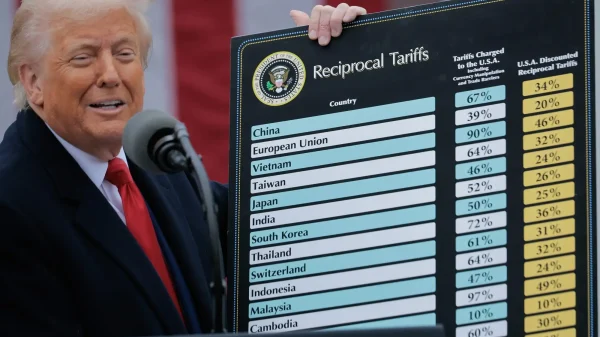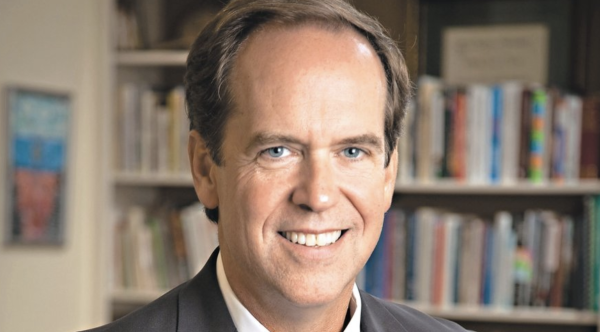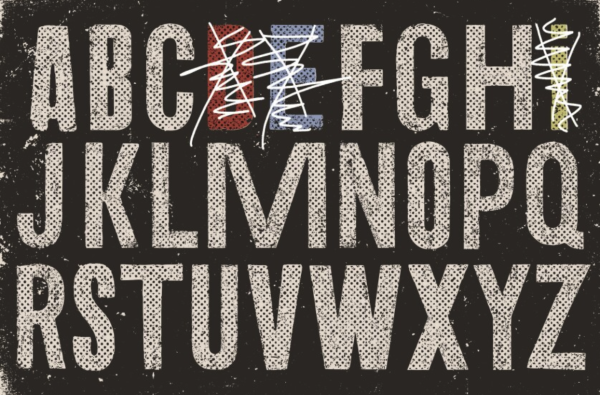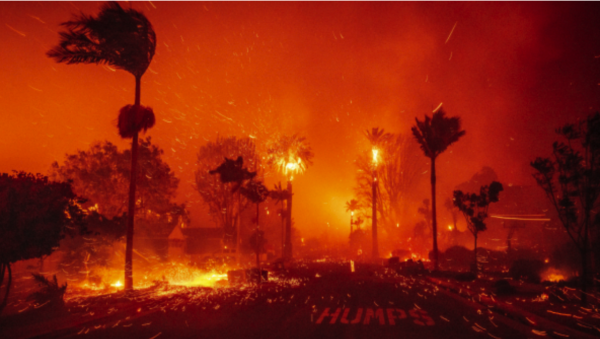Readers band together to applaud banned books
During late September, banned books are celebrated nationwide, shedding light on a topic that remains exceedingly controversial. Banned Books Week, held during the final week of September—Sept. 21through Sept. 27—commemorates the freedom to read, emphasizing the importance of uninhibited access to material. Supporting self-expression and unique ideas, including those considered unconventional, this week attracts attention to the negative results of censorship.
“If one parent removes a book from a library shelf, they haven’t limited access for just one child but for all people who want to use those resources,” said school librarian Carly Pansulla. “Parents deciding what their children can or cannot read, or should or should not read, or are ready or not to read, that’s a private decision. However, that’s about what goes on in an individual family dynamic, and to remove something from the library shelves makes it about the entire community.”
Banned Books Week, instituted in 1982 as a reaction to an abrupt increase in the number of book challenges at schools, bookstores, and libraries, is sponsored by many publishing and printing companies nationwide, including the American Booksellers Association and the American Library Association (ALA). According to the ALA, over 11,300 books have been contested since 1982, many of which are much loved.
“It’s a time-honored practice for people in positions of authority to ban books,” said English teacher Jack Morgan. “Information in books has always been something that people [fear]. I think that’s a lot of what begins the banning of books. Historically, the big piles of burning books in Nazi Germany are just something etched in my mind.”
In 2013 alone, 307 challenges were stated to the Office of Intellectual Freedom, while surveys suggest that up to 85 percent of challenges stay unreported. The 10 books most commonly challenged were the Captain Underpants series by Dav Pilkey, The Bluest Eye by Toni Morrison, The Absolutely True Diary of a Part-Time Indian by Sherman Alexie, Fifty Shades of Grey by E.L. James, The Hunger Gamesby Suzanne Collins, A Bad Boy Can Be Good for a Girl by Tanya Lee Stone, Looking for Alaska by John Green, The Perks of Being a Wallflower by Stephen Chbosky, Bless Me, Ultima by Rudolfo Anaya, and the BONE series by Jeff Smith.
“I read last year The Absolutely True Diary of a Part-Time Indian,” said Morgan. “It is a fifteen-year-old boy’s unbarred, candid assessment of high school life, and it is full of sexual references that are completely like what a fifteen-year-old boy would say and think. It is also a very political book. This young boy is a Spokane Indian, and lives on what must be one of the most wretchedly poor reservations in the nation . . . I don’t know that you can write some [of these books] without those things in it. It wouldn’t be [the narrator’s] voice. I don’t know that Holden Caulfield would seem realistic to me if he didn’t speak like he does in The Catcher and the Rye.”
Similarly, Pansulla gave the example of Captain Underpants.
“[It] has been banned by concerned parents because the main character is in his underwear at school, which is obviously not something we encourage,” said Pansulla, “The main character is constantly breaking school rules, and is not necessarily polite in all of his interactions. So, the purpose in banning that book is that something about it is undesirable, something we don’t want children to emulate. However, it has also been a bestseller pretty much as long as it has been published.”
Many banned books, such as The Great Gatsby by F. Scott Fitzgerald and To Kill A Mockingbird by Harper Lee, incite an anxiety that the student reading the book will be on his or her own in terms of navigating the story.
“There is a fear that there won’t be a mentor to guide the kid while they read the book,” said Morgan. “I [also] think some libraries ban books because of political institutions . . . and some people ban books because they find them morally repugnant.”
However, for educators advocating the freedom to read, understanding the motives of book banners poses a challenge.
“I cannot put myself in the minds of these people,” said director of libraries Liesel Good. “I cannot understand where they are coming from. I think that they think they are doing good. But I don’t think that making material unavailable to students is beneficial to them or to their education. If anything, it [reading books] is a way for students to be exposed to things that they themselves may not understand. It’s a way for them to open up their beliefs.”
Good also referenced the common argument that book banning is a violation of the First Amendment, which grants the freedom of speech.
“That is the strength of our culture, the ability to express our ideas and beliefs through arts and literature,” said Good.
Schools were ranked first with the most challenges of books, with school libraries at a close second, followed by public libraries. According to the American Library Association’s Office of Intellectual Freedom, the most frequent reasons for challenging books are sexually explicit material, offensive language, and material unfit for any age group.
“[The Perks of Being a Wallflower] often gets banned because of the abuse that lies at the heart of it,” said Morgan. “To talk frankly about [those] kinds of scenes—I can understand why people ban it. Our kids [at Westminster] and a lot of kids in school . . . live more traditional lives. I think it’s important to understand the people who don’t live in the world we live in. And since we don’t live it all, we need to read it . . . It’s important for our kids here, who are fourteen, fifteen, sixteen years old, to get the picture of other people’s lives . . . It’s important that our kids understand that that’s life for a lot of people.”
In addition, book banning has been considered misrepresentative of modern democratic civil liberties. In one specific instance, the case of the Island Trees School District v. Pico (1982), the Supreme Court eventually ruled that banning books directly contradicted with the U.S. Constitution. After parent complaints were filed on nine books, the school removed them from their library, causing the unification of five students to contest the board’s decision. One of the students said that the books were removed because their content opposed the challengers’ own beliefs and not because they lacked academic worth. The Supreme Court later aligned in favor with the students on the grounds that the First Amendment infers the right to read, and that the government, including public schools, is not at liberty to limit speech with which it does not coincide.
“I absolutely think that book banning is an obstruction of our right to free speech,” said Pansulla. “I think everybody has the right to choose for themselves what they want to read, and what they want their children to read. However, I don’t think any one group of people has the right to tell another group of people that they aren’t allowed to access that same material. And when you restrict a book from a library shelf, you are limiting access to an entire community.”
Additionally, Pansulla believes that book banning may in fact backfire.
“There’s no such thing as bad publicity,” said Pansulla. “I think drawing attention to something always makes people more curious than they were before.”
While addressing the predicament of banning books, Morgan referenced the Bible, one of the campus’ most prominent texts, to support his case.
“What makes you unclean or clean is not what you take in . . . but what you have within you,” said Morgan. “I’m not going to use profanity, but there are places in the world where profanity is a part of daily life.”
Overall, books represent concepts and convictions that while unapproved of by some, share viewpoints and understanding that cannot simply be erased. These opinions linger and continue to hold weight, regardless of text censorship.
“Books are vessels for ideas, and banning a book doesn’t remove the idea from the world,” said Pansulla.




